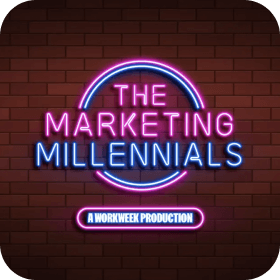Would your parents ever tell you, “Do as I say, not as I do?
(That would ALWAYS bug me as a kid.)
Well today’s brand is one you are incredibly familiar with and practices what they preach (aka they don’t ask you to “Do as they say, not as they do”).
In fact their growth over the last 20 years can be directly attributable to the strategy they sell in their services, so their success as a business is one of the best case studies for what they sell.
Interesting, right?
(This photo is the BEST hint I can give for who our brand of focus is today…)

POV you’re in Boston in 2006 and two bright young MIT grads, Brian Halligan and Dharmesh Shah come to you with this idea of inbound Marketing. Okay first off, what the heck is that? And second off, what the heck is that?
Inbound Marketing? Nobody had ever heard that terminology yet (that was because Brian and Dharmesh coined the term LOL).
Inbound Marketing was all about the idea of leveraging content to build a community of your target demographic, getting eyeballs from the community to your website, and ultimately being able to influence the purchase decisions of the community via content.
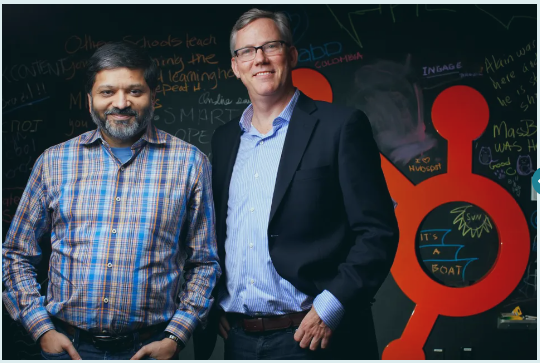
And with this newfound Marketing strategy came the birth of a $30B business that employs 7,000+ people, and now hosts one of the largest (and my FAV, other than Marketingland) conferences in the U.S.
Marketing Bestie Student, I introduce you to our familiar friend HubSpot.
Back in 2006 this idea of “inbound Marketing” was unknown, outbound was everyone’s focus, how can we reach as many people as possible with ads via TV, radio, and internet?
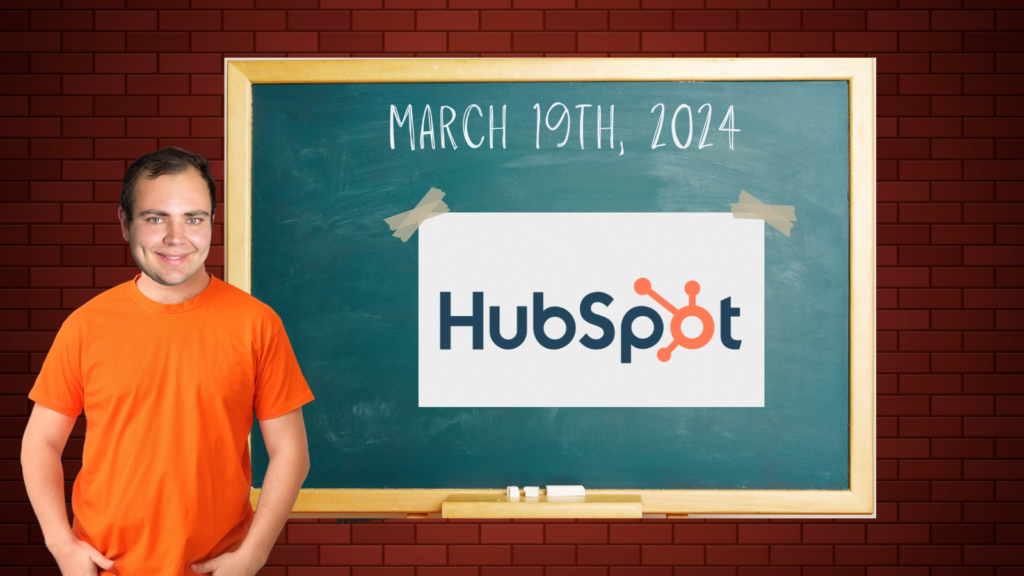
With the rise of the internet there was a new onslaught of advertising hitting consumers. Even though it doesn’t compare anything to the thousands of ads we are all shown daily now, 2006 was the beginning of the ad revolution and overwhelmed consumers.
HubSpot saw a gap in the market and took a BIG swing. Instead of swimming with the tide, advertising their product all over TV, radio, and the newfound Twitter, HubSpot swam directly against it and focused on building organic buzz that drove website visitors.
The first growth hack they used was through a free but instantly valuable tool, a Website Grader.
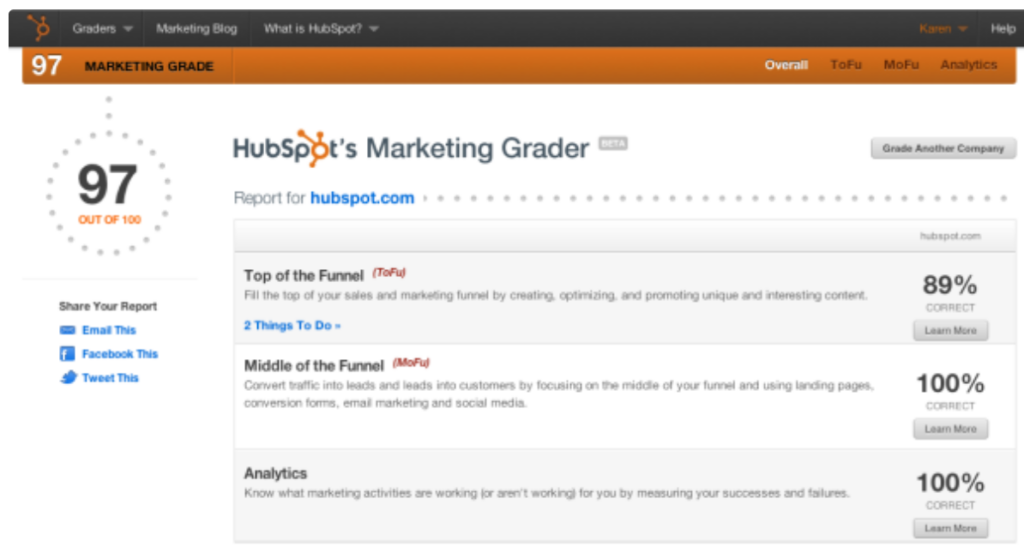
Simply enter your URL and HubSpot would break down which aspects of your site were underperforming and where you could step it up. The Website Grader required zero investment from consumers yet gave HubSpot the opportunity to show what was being left on the table by not collecting important info on your customers.
Level up your marketing game
Zero BS. Just fun, unfiltered, industry insights with the game-changers behind some of the coolest companies from around the globe.
No spam. Unsubscribe any time.
Instead of telling millions why they need HubSpot, they simply showed millions with this free Website Grader. Your top of funnel is behind the 8-ball? Okay, start a blog. Your middle of funnel isn’t leading to further conversions? Create content on social media! (I personally like to call this strategy: selling through your content, NOT in it.)
The first of many free, but valuable pieces of content that got consumers in their funnel, HubSpot was showing the importance of inbound Marketing in full effect.
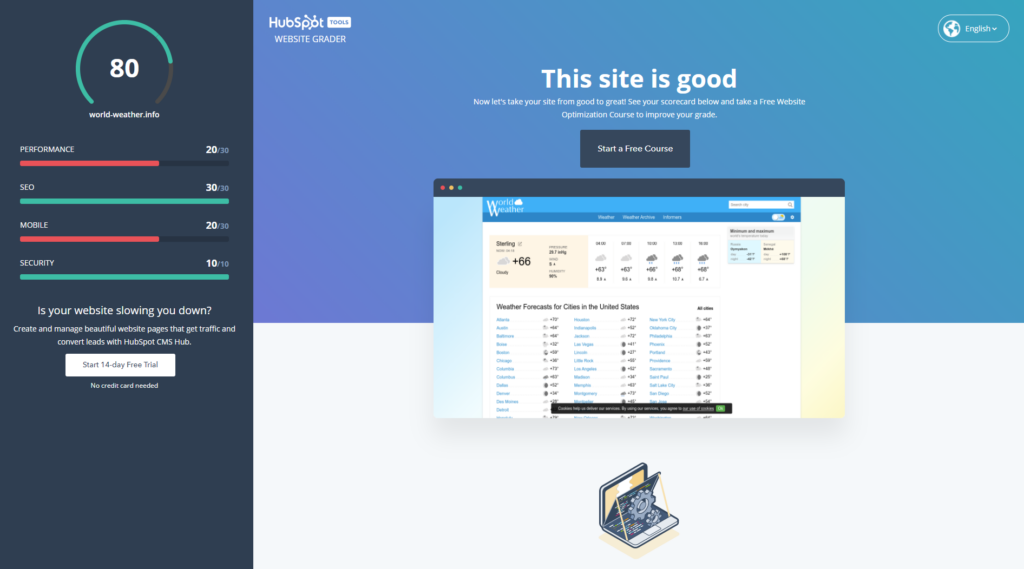
Piggybacking off the Website Grader, HubSpot launched a Twitter Grader that iterated on top of their previous successful free resource.
The Twitter Grader measured users’ influence based on followers and community engagement, and would spit out a ranking amongst all Twitter users.
This gamification by HubSpot through ranking and grading Twitter user’s profiles, tapped into natural human desires for recognition and power. People wanted to know where they stacked up in the rankings.
And with that came a viral loop of people sharing their Twitter Grades to their audience on social media.

Just like the iconic ALS ice bucket challenge and mannequin challenge, HubSpot’s Twitter Grader broke the internet and had HubSpot top of mind for everyone on the timeline.
HubSpot’s CTO at the time said the goal of the Twitter Grader was “Trying to measure the power, reach, and authority of a Twitter account.” You wouldn’t believe that this is a quote from 2009!!! 15 years ago.
HubSpot was talking about things that are just NOW becoming widespread (like authority on social media) 15 years ago. They were so ahead of their time, but it doesn’t stop there.
From day one Hubspot has been ALL about organic content. Don’t believe me? The second hire on their Marketing team was a REPORTER, fit for a role of creating content.
Since launching in 2006 they’ve run a blog that is updated multiple times each week, they have a podcast network featuring some of the biggest business podcasts in the world, and a newsletter with 2.5M subscribers.
I even did some digging through Semrush to see how they stacked up against Salesforce and Mailchimp via organic search traffic, and it didn’t disappoint. HubSpot’s inbound approach is seamlessly executed on all fronts, they practice what they preach

You can see below that their organic search traffic is 2x Salesforce and Mailchimp AND their paid search traffic is 1/4th that of Salesforce and Mailchimp.
An approach to B2B Marketing that is becoming more widespread, HubSpot were THE first movers in leaning into content as a way to drive business objectives, and discovering the cost-effectiveness of inbound leads vs outbound.
Before you hit post today, just know that you can thank HubSpot for revolutionizing what it means to do Marketing in B2B.




